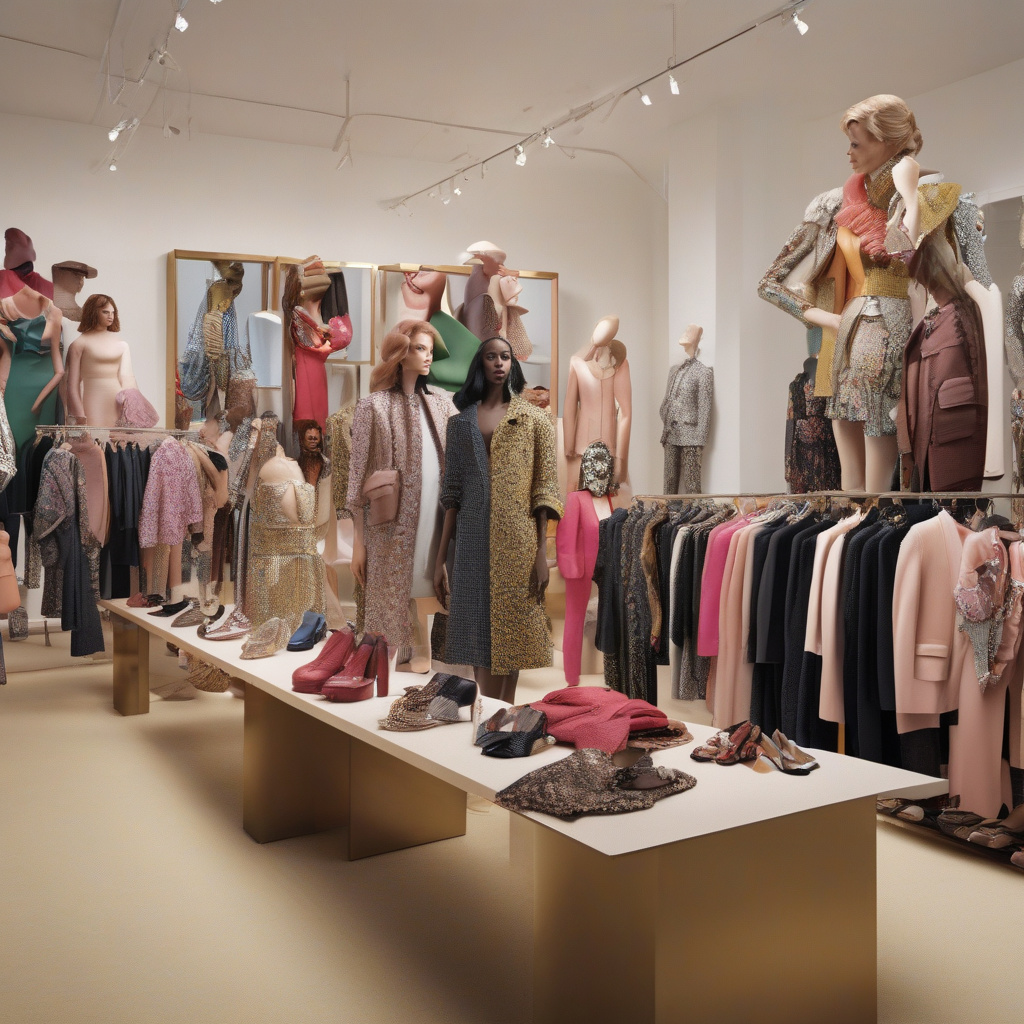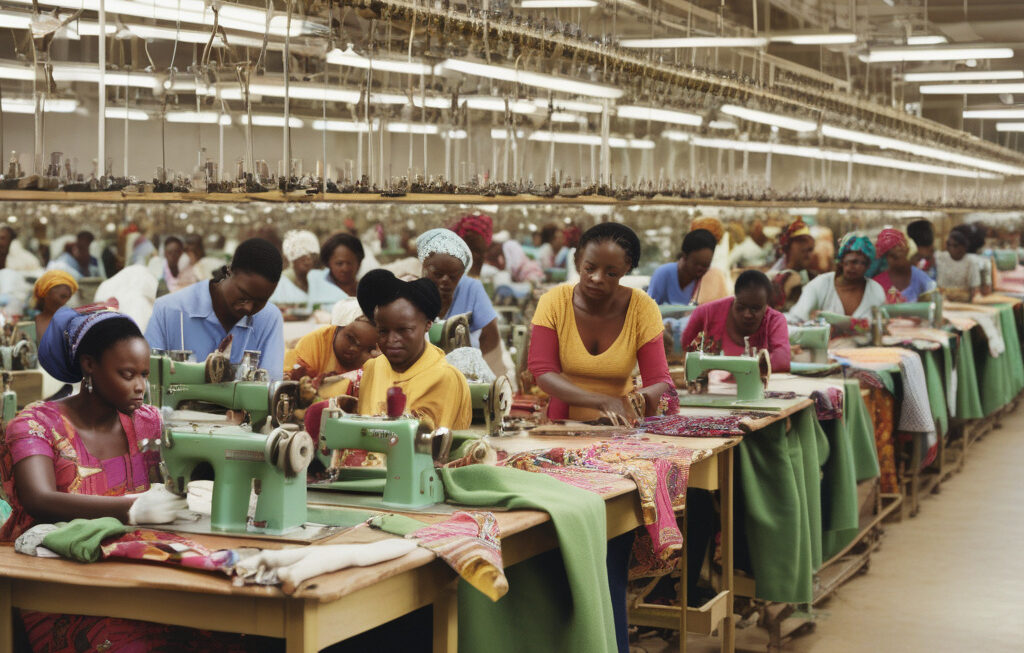Fashion Braces for Impact As Trump Tariffs Return
The global fashion industry is once again at a crossroads as the specter of Trump-era tariffs reemerges, sending shockwaves through apparel prices and supply chains. With brands now forced to play defense in the face of this new challenge, the landscape of fashion is set to undergo significant shifts. To shed light on the latest developments, industry experts Joan Kennedy and Marc Bain have joined forces with The Debrief, offering invaluable insights into the seismic changes on the horizon.
As the Trump tariffs make a comeback, the repercussions are being felt far and wide within the fashion realm. Apparel prices, already teetering on the edge due to various economic factors, are now poised to soar even higher. This spike in prices is not merely a temporary blip; rather, it signals a larger trend that could reshape consumer behavior and brand strategies in the months to come.
Supply chains, the lifeline of the fashion industry, are also scrambling to adapt to this new reality. With tariffs disrupting the flow of goods and materials across borders, manufacturers and retailers are facing unprecedented challenges in sourcing, production, and distribution. The once-stable foundations of the supply chain are now quaking under the strain, forcing industry players to rethink their operational models and partnerships.
In response to these tectonic shifts, fashion brands are being compelled to adopt a defensive stance, bracing themselves for the impact of the looming tariffs. From revisiting pricing strategies to exploring alternative sourcing options, companies are exploring a range of tactics to mitigate the financial blow and safeguard their bottom line. The days of business as usual are long gone; in this new era of uncertainty, adaptability and foresight are the keys to survival.
Joan Kennedy, a seasoned analyst in the fashion sector, emphasizes the need for proactive measures in the face of tariff-induced upheaval. “Brands that proactively assess the impact of tariffs on their cost structures and consumer demand will be better positioned to weather the storm,” she advises. By conducting thorough risk assessments and scenario planning, companies can identify vulnerabilities and opportunities, enabling them to make informed decisions in a volatile market environment.
Marc Bain, a respected authority on global supply chains, underscores the importance of agility and resilience in times of crisis. “Supply chains must prioritize flexibility and diversification to mitigate the risks posed by tariffs and trade disruptions,” he asserts. By cultivating robust networks, leveraging technology, and fostering collaboration, businesses can enhance their resilience and responsiveness in the face of uncertainty.
As the fashion industry braces for the impact of Trump tariffs’ return, one thing is clear: adaptation is no longer a choice but a necessity. Brands that embrace innovation, strategic foresight, and proactive risk management are poised to not only survive but thrive in the face of adversity. The road ahead may be fraught with challenges, but it also presents opportunities for those willing to navigate the shifting terrain with agility and determination.
In conclusion, the resurgence of Trump-era tariffs has sent ripples of uncertainty through the global fashion industry, prompting brands to rethink their strategies and operations. By heeding the insights of experts like Joan Kennedy and Marc Bain, fashion players can navigate these turbulent waters with confidence and resilience. The path to success in this ever-evolving landscape lies in adaptability, foresight, and a relentless commitment to innovation.
#FashionIndustry, #TrumpTariffs, #SupplyChainDisruption, #FashionBrands, #GlobalTradeRelations










